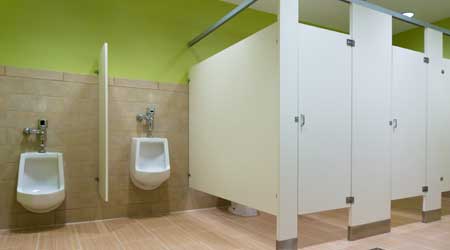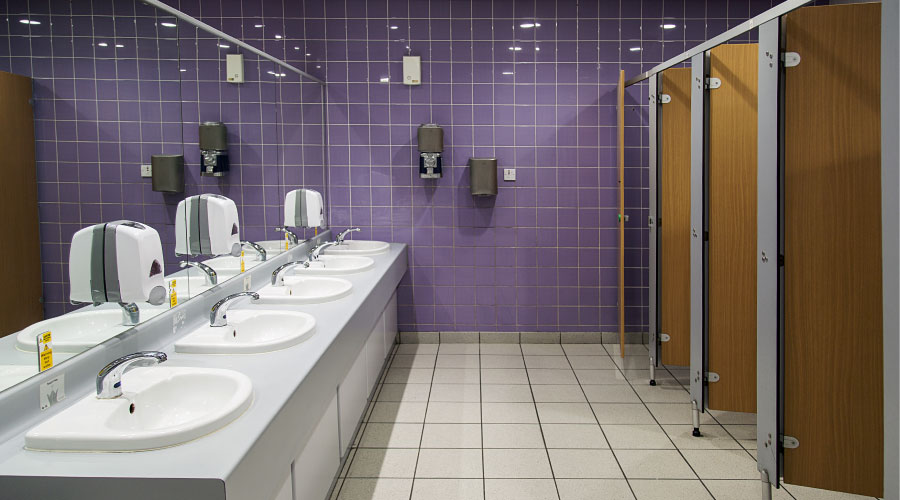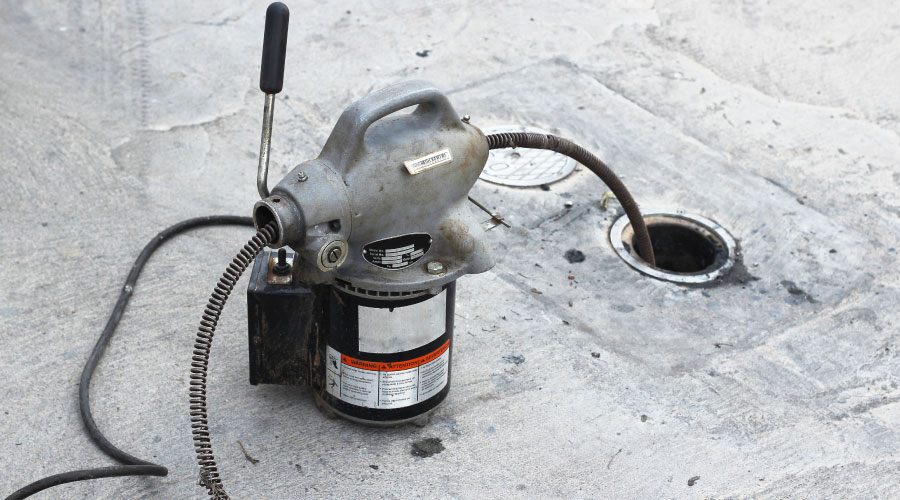Maintenance Challenges with Low-Flow Toilets, Urinals and Faucets
Part 2 of a 4-part article on water-saving projects
Toilets, urinals and faucets have experienced a significant drop in flow rates over the years. Toilets models now flush at 1.28 gallons per flush (gpf) or 1.1 gpf, compared to past models that used 3.5 gpf. Urinals flow rates are down to a pint or 0.25 gpf from 1.5 gpf. The flow rate for many faucets now is down to 0.5 gallons per minute and even lower for some products.
Because water restrictions vary by region, the challenge for manufacturers remains keeping up with changes.
“One thing we do is to try not to chase the standards,” says Pat Tanzillo of Chicago Faucets. “If you chase the water standard, it will only go lower. As long as we can maintain and give the same performance with lower gallons per minute, we feel that we’re accomplishing and satisfying the needs of the person that uses the product.”
One challenge for manufacturers is producing the lowest-flow products possible without sacrificing quality.
“With the fixtures out on the market that we’re offering now, especially high-efficiency products, there’s really not much lower that we can go because of the older plumbing infrastructure that’s out there, specifically on the drain side,” says Tony D’Amato of American Standard. “If we go much lower, we’re going to get into issues with drain-line clogging, which isn’t good by any means.”
Related Topics:















